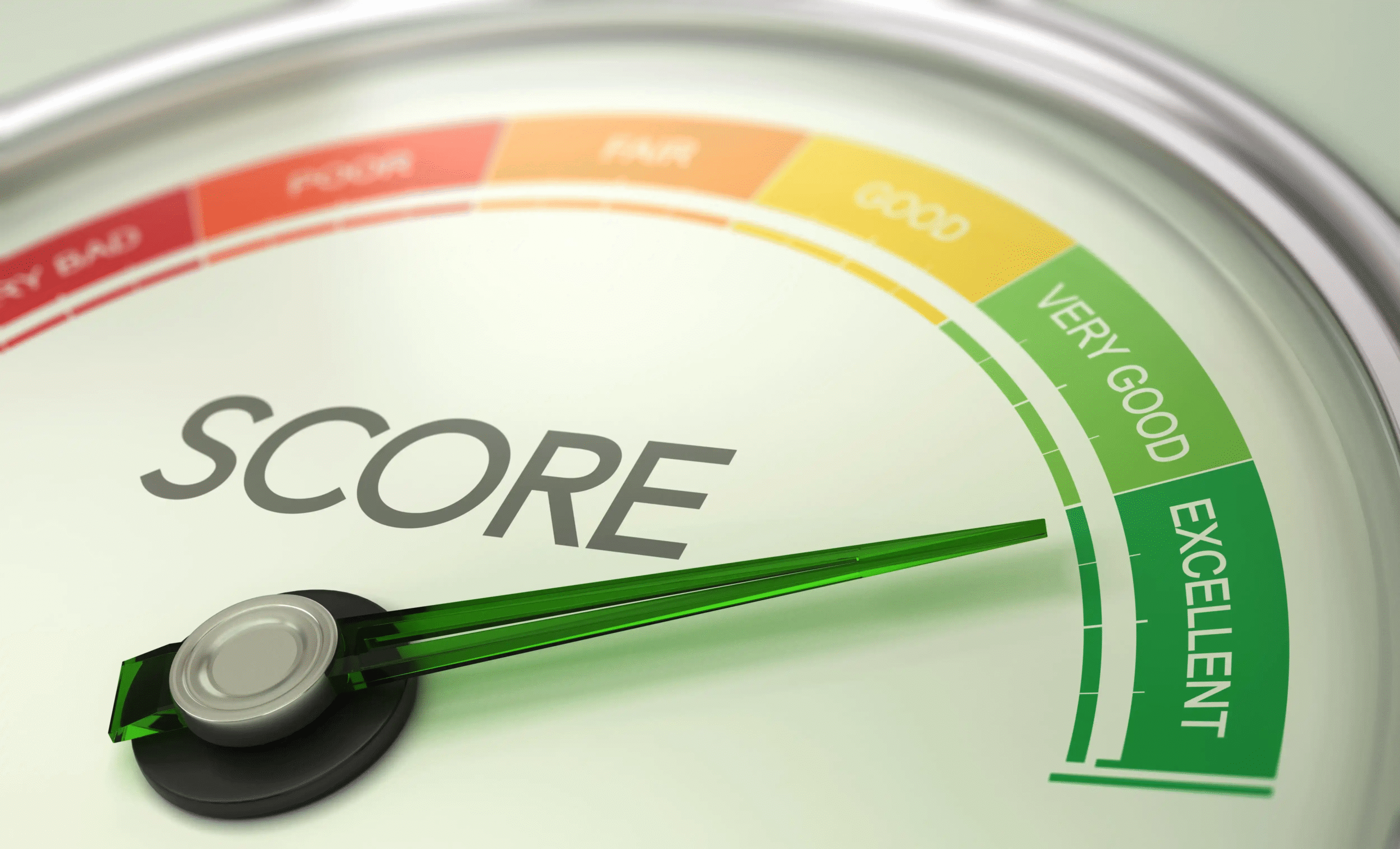How does the inflation report affect credit card benefits?
The inflation report directly impacts credit card rates and rewards. Understand what changes in your wallet.
Understand how inflation reports affect credit card benefits

The inflation report is one of the main indicators of the Portuguese and European economies. Published periodically by the Bank of Portugal and the European Central Bank (ECB), it helps to understand price behavior, changes in purchasing power, and interest rate projections.
But what many people don’t realize is that this document also directly influences your wallet, and even the advantages of the credit card you use every day.
Below, we explain in simple terms how inflation and monetary policy decisions affect rates, limits, reward programs, and the benefits of credit cards.
What the inflation report is and why it matters
The inflation report presents a detailed analysis of the general increase in the prices of goods and services.
It shows the causes, future projections, and the measures the Central Bank may take to control this increase, such as adjusting the key interest rates.
When inflation is high, the cost of living rises: products, energy, and even financial services become more expensive. And since the credit card is a financial instrument subject to interest, the impact is direct.
In other words, understanding the inflation report helps not only to grasp the direction of the economy but also to anticipate changes in your credit card conditions, from costs to the benefits offered.
Interest rates and credit costs: the first reflection of inflation
The first visible effect of inflation on credit cards appears in interest rates. When the Central Bank raises its key rate to contain inflation, banks and financial institutions also increase the rates applied to credit, including the revolving balance on credit cards.
This means that during periods of high inflation, using your credit card may become more expensive. If the customer doesn’t pay the total amount of the statement, the interest charged on the remaining balance tends to rise.
In addition, some banks may review credit limits to reduce default risks, which especially affects those who rely on their credit card for daily expenses.
How inflation interferes with benefits and rewards
Credit card advantages, such as cashback, reward programs, air miles, and partner discounts, are also indirectly influenced by inflation.
When banks’ operating costs increase, it’s common for institutions to reduce the generosity of their rewards programs. This can happen in several ways:
- Decreasing cashback amounts;
- Raising the minimum points required to redeem rewards;
- Limiting eligible categories for earning points;
- Ending partnerships with travel or retail companies.
In short, inflation can make credit card benefits lose part of their real value, especially when prices rise but the rewards offered by loyalty programs do not keep pace.
Impact on purchasing power and daily expenses
When inflation is high, consumers’ purchasing power decreases. What used to fit within the monthly budget now requires more planning.
This makes many people use their credit card as a way to balance their finances, which can be risky if rates are high.
On the other hand, using the credit card wisely can help mitigate some of that impact. For example:
- Taking advantage of cashback programs to recover part of your spending;
- Using no-annual-fee cards to reduce fixed costs;
- Focusing on cards that offer rewards for groceries or fuel, the categories most affected by inflation.
The key is to plan your spending and choose a card that offers advantages aligned with your consumption profile.
How to adapt card usage during inflation
Even if the inflation report shows a scenario of rising prices and interest rates, there are ways to maintain financial control and continue taking advantage of credit card benefits.
Some best practices include:
- Avoid revolving credit: whenever possible, pay your statement in full to avoid high interest charges;
- Compare real benefits: instead of focusing only on miles or points, evaluate how much the program actually returns in euros;
- Negotiate with your bank: some issuers offer lower rates or higher limits for customers with a good payment history;
- Use your card as a spending tracker: banking apps let you monitor expenses in real time and categorize them easily.
Conclusion
The inflation report is much more than a technical document, it’s a thermometer that shows how the economy is evolving and how it can affect your personal finances.
When inflation rises, credit card advantages may shrink, whether due to higher interest rates, fewer rewards, or loss of purchasing power.
However, with smart use, you can continue to make your card work in your favor without falling into the trap of expensive credit.
The key is to understand the economic context, adapt your spending, and choose the type of card that best fits your profile.
That way, even in times of inflation, the credit card remains a useful and advantageous tool for your daily life.






